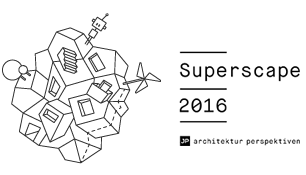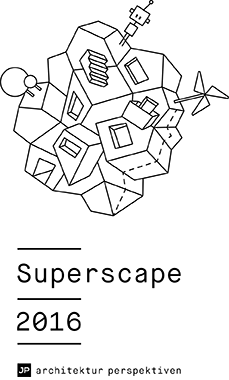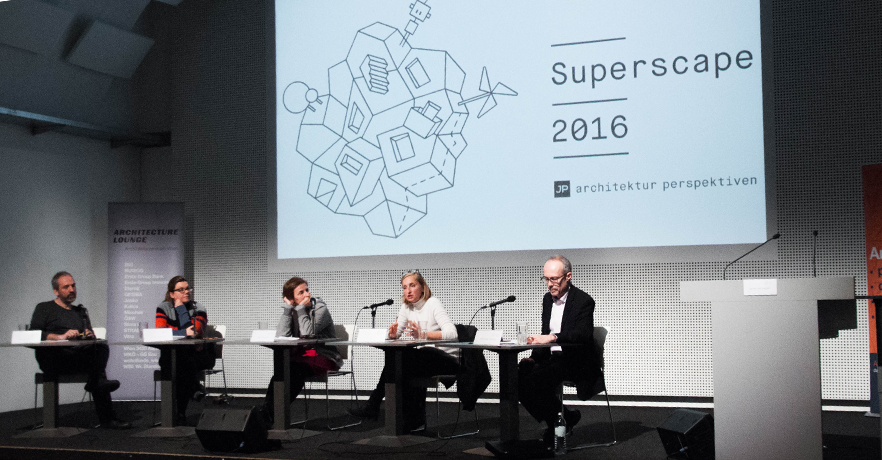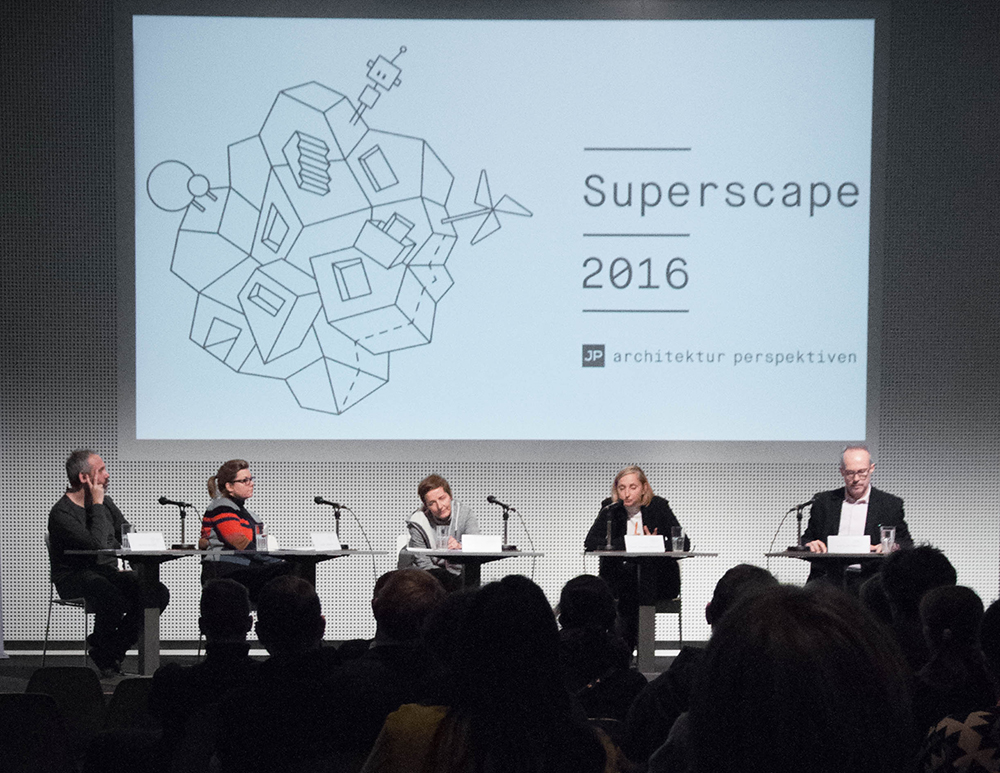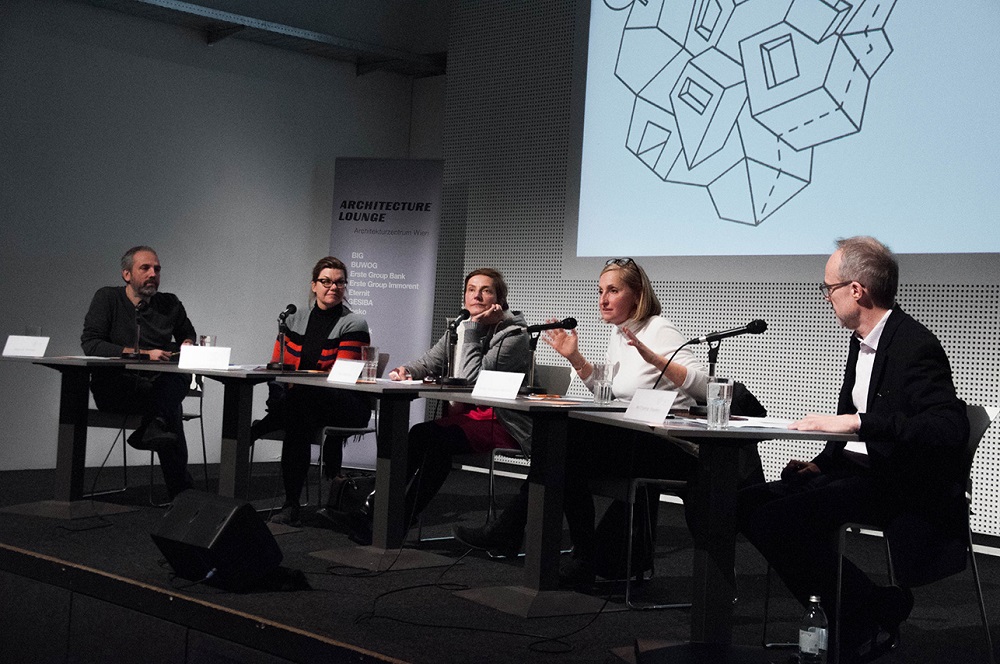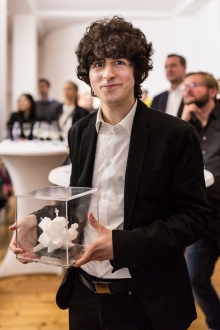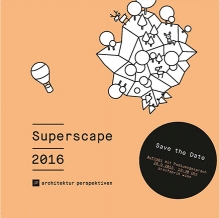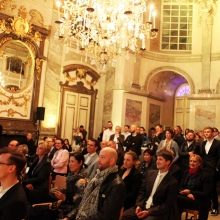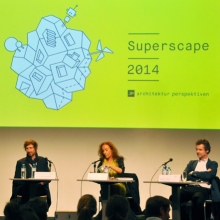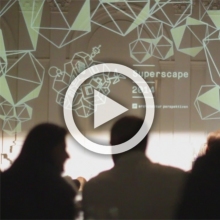2016
Panel Discussion January 19, 2016 at Architecture Centre Vienna (Architekturzentrum Wien)
Featuring:
Elke Delugan-Meissl, Architect & Founder DMAA, Commissionary of the Austrian Pavilion of Venice Biennale 2016
Architect & Founder DMAA, Commissionary of the Austrian Pavilion of Venice Biennale 2016 - See more at: http://www.jp-perspektiven.at/eng/BLOG/Events/TALK-What-is-required-of-tomorrow-s-urban-residential-spaces-Dienstag-19.-Januar-2016-19-00-00#sthash.e2Q0WXHo.dpufArchitect & Founder DMAA, Commissionary of the Austrian Pavilion of Venice Biennale 2016 - See more at: http://www.jp-perspektiven.at/eng/BLOG/Events/TALK-What-is-required-of-tomorrow-s-urban-residential-spaces-Dienstag-19.-Januar-2016-19-00-00#sthash.e2Q0WXHo.dpuf
Harald Gründl, Designer, Design Researcher & Founder, EOOS
Lilli Hollein,Curator and Director of the Vienna Design Week
Anna Popelka, Architect & Founder, PPAG architects
Moderation: Wolfgang Pauser, Concept Developer and Author
In Retrospect:
In the future, more and more people will want to live in existing cities, the author and moderator Wolfgang Pauser emphasised at the outset of the panel discussion. The logical consequence of this trend and the increasing scarcity of resources of any kind is the reduction of residential space. The subsequent discussion examined the questions of how architecture can contribute to the creation of liveable residential spaces within cities under these conditions, and what the future interaction between residential and public spaces might look like – highlighting many different points of view.
Elke Delugan-Meissl, an architect and commissioner of the Austrian contribution to the 2016 Architecture Biennial, pointed out at the beginning of the discussion that it is not right to assign responsibility for designing residential spaces of the future entirely to architects. Instead, she considers it important to intensify the collaboration of all those involved in this creative process. After all, there is no lack of innovative concepts for redesigning residential space – rather, it is their implementation that is often condemned to fail. One reason for this is that outdated typologies of residential spaces are continued today, despite being incompatible with future necessities. Thus, the current trend of “smart living” stands only for the greatest possible reduction of space due to a lack of economic resources, while maintaining outdated intentions and traditional residential typologies – a fact she considers in no way “smart”. Instead, she advocates strengthening semi-public and public spaces and testing flexible models of residencies. The increased influx of people with highly diverse backgrounds also multiplies the demands and expectations regarding residential spaces. She considers providing the necessary flexibility in residential buildings within the economic framework the challenge of the future.
The architect Anna Popelka took this as her point of departure, emphasizing that because of these current challenges, it is imperative to take advantage of current opportunities for architects to offer solutions that can be implemented beyond borders. At the same time, she pointed out that “tomorrow’s housing” was already an important subject of discussion throughout the 20th century, but that society and architecture continued to stick to the residential model of classical modernism with its separate functional rooms. Now, however, the point has come where these boundaries are increasingly dissolved, creating ambiguous spaces. This trend includes the outsourcing of functions into the semi-public or public space. She considers this an opportunity, for in times of increasing fear due to anonymity, this might lead to a major positive effect: increased communication with neighbours. Thus, semi-public space within residential buildings could become a social space.
To Lilli Hollein, curator and director of the Vienna Design Week, space is definitely still a luxury. Whether this space is private, semi-public or public, however, is as individual a question as requirements for residential spaces are personal. In reference to the speakers before her, Lilli Hollein agreed with the increasing importance of public space. She also sees great potential in technological developments such as car sharing, allowing public spaces such as parking lots to be used for new purposes in the future. At the same time, however, she pointed out that private, demarcated residential space is increasingly becoming a place of retreat again, given mounting fears of terrorist threats in the public space. This reversal is heightening the relevance of private space as a retreat and comfort zone again.
Harald Gründl, a designer and design researcher, interjected another aspect not to be forgotten at this point: only when society accepts challenges as such and develops an awareness of existing problems can architecture react effectively to them. Furthermore, when discussing residential spaces of the future, it is important to address the limited possibilities people have to fulfil their individual residential wishes. Central problems and issues, such as increasing inequality, will have to be addressed by society and by architects in the coming years. In this context, Gründl would welcome a social agreement on minimal standards for residences: what should be avoided, what are the minimal conditions for living in human dignity? Creating spaces for affordable housing and avoiding the formation of slums are necessary goals for cities like Vienna, making them destinations of arrival for people seeking refuge.
Translation: Alexa Nieschlag
Image Credits: Pia Teufl
